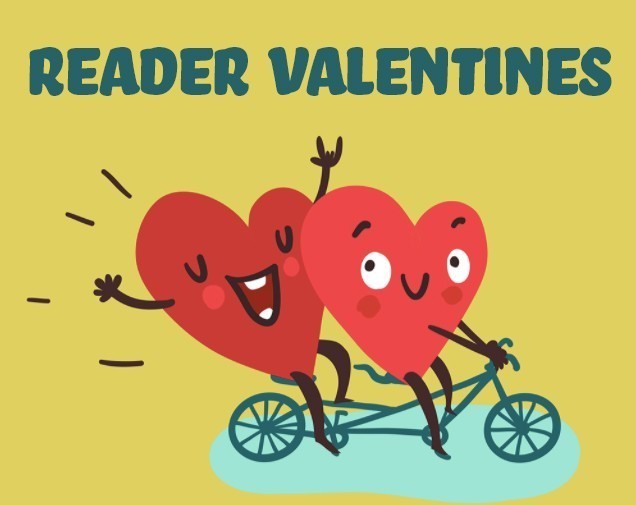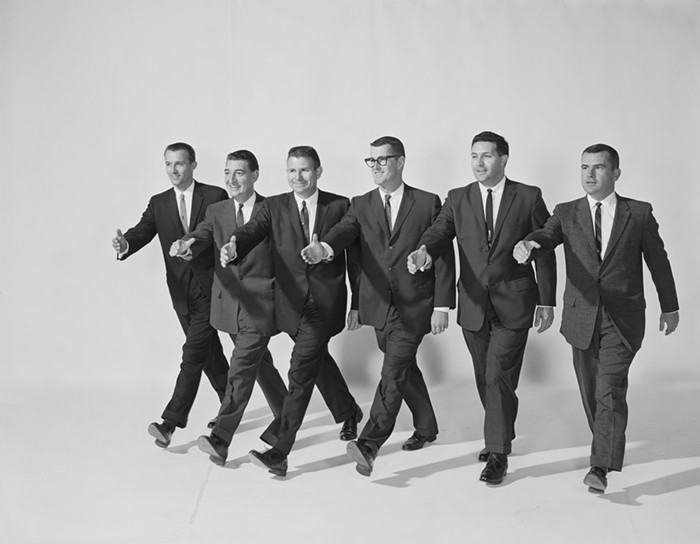THE RANGE OF RELATIONSHIPS with myth in the new anthology xo Orpheus is fascinating. Editor Kate Bernheimer seems to have given her impressive stable of authors free rein to engage with myth as they please. It keeps the anthology from being too one-note, or from overwhelming the reader—there are, after all, 50 stories here.
There are myths recast as modern short stories, like Portland author Willy Vlautin's very Vlautinesque tale about run-down people making hard decisions. The story follows, slightly, the myth of Demeter casting out her daughter, Persephone, but Vlautin's version is unfantastic, subsupernatural.
There's Aimee Bender's beautiful love story between a human and an ogre—a lovely, fat short story along the contours of the wiry skeleton of the myth of Cronus. It manages to affect the heart the way fiction does, but establishes the unromantic tone of myth befitting the lofty subject of its frame.
Gina Ochsner brings one of the happier stories, writing something that, like all great love stories, is a myth about first love, the first love, the birth of love. Manuela Draeger, a fictional writer invented by the author Antoine Volodine (himself the pen name of an anonymous French writer), presents a new myth for a post-apocalyptic world. Shane Jones writes a classic descent-into-madness horror story, in which the descent is aided by a mischievous coyote figure.
Bernheimer really wants you to think that xo Orpheus is about a new relationship between myth and literature. In her introduction, she makes the claim that in the age of the Anthropocene, our current geologic age, named for us, "humans are the new gods." She frames the collection as a wave goodbye "to the old relationship of literature and myth, of myth to the human."
Yet, for the most part, every writer here is wrestling with the same questions writers have wrestled with for ages. From the era of gods to the era of God to the atheist Anthropocene, artists have dealt with existence and purpose in much the same terms. Fiction, especially, has behaved like myth, like a child's shape-sorting game: the author identifies a new metaphor, holds it up against the old questions, turns it until it matches the gap of some specific doubt. And, fitting peg to hole, the author proudly shows the world.
As Bernheimer notes in her introduction, this collection is, overall, pretty sad. Art may simply be a sad endeavor. In Johanna Skibsrud's Trojan Horse-inspired story "A Horse, A Vine," the protagonist remarks on reading Marcus Aurelius' Meditations: "It was pretty cool to know that someone else was wondering about all the shit I was wondering about, even two thousand years ago—even though it made me a bit sad to realize that meant nobody had figured anything out in all of that time."
It's cool to know that artists are still using the same methods to wonder about shit, too. That square pegs still only fit in square holes after thousands of years of art is not a rebuke of the old relationship of myth and literature. It's proof that the old relationship is still vital to human life, even if humans are the new gods. We need new pegs, new metaphors, because the old holes, the old questions—all the shit we're still wondering about—is deep.















